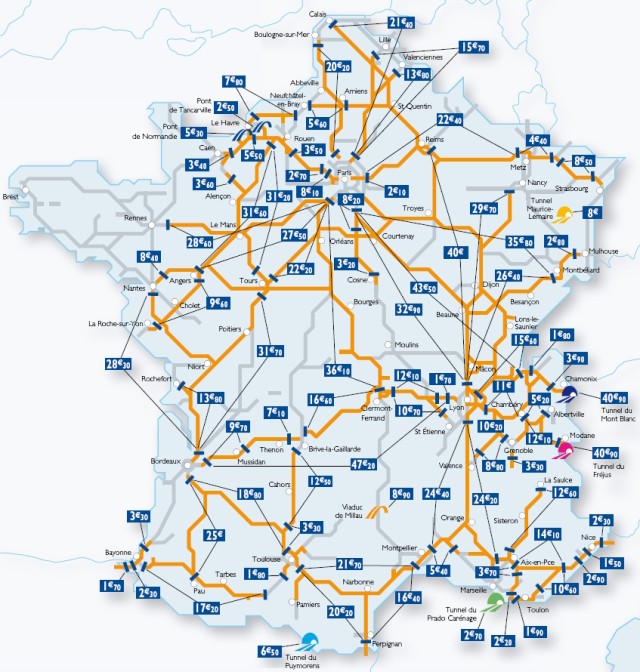On holiday in France: toll roads, toll badge and Flux Libre
Going on holiday by car to France with your family or partner often means driving on toll roads and often getting stuck in traffic at the toll booths. This is especially common during busy holiday periods such as the summer holidays or other school holidays and on the infamous black Saturdays. If you are heading towards your holiday home in the South of France via the Route du Soleil (A6/A7) or via the Péage towards your holiday park in the Dordogne or Toulouse or the Autoroute l'Aquitaine (A10) towards Bordeaux, delays are the rule rather than the exception. But there are also advantages: the toll roads are well maintained and there are rest areas with gas stations and restaurants along the road. If you want to avoid traffic jams at the toll booths, you can purchase an electronic toll badge. A small investment that makes your journey much more pleasant and faster.







